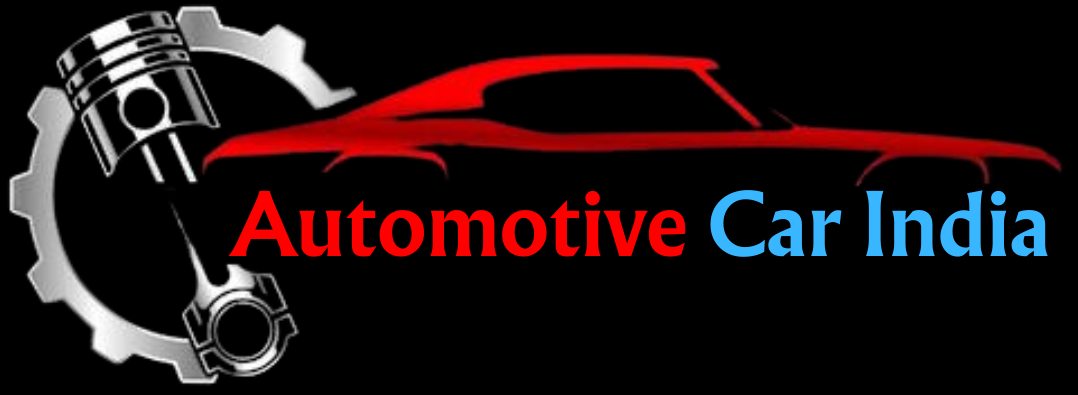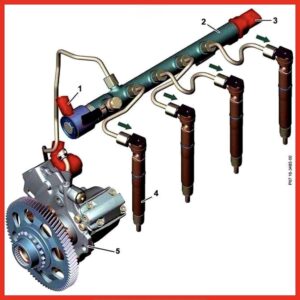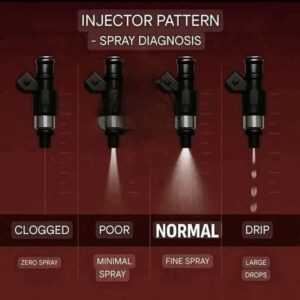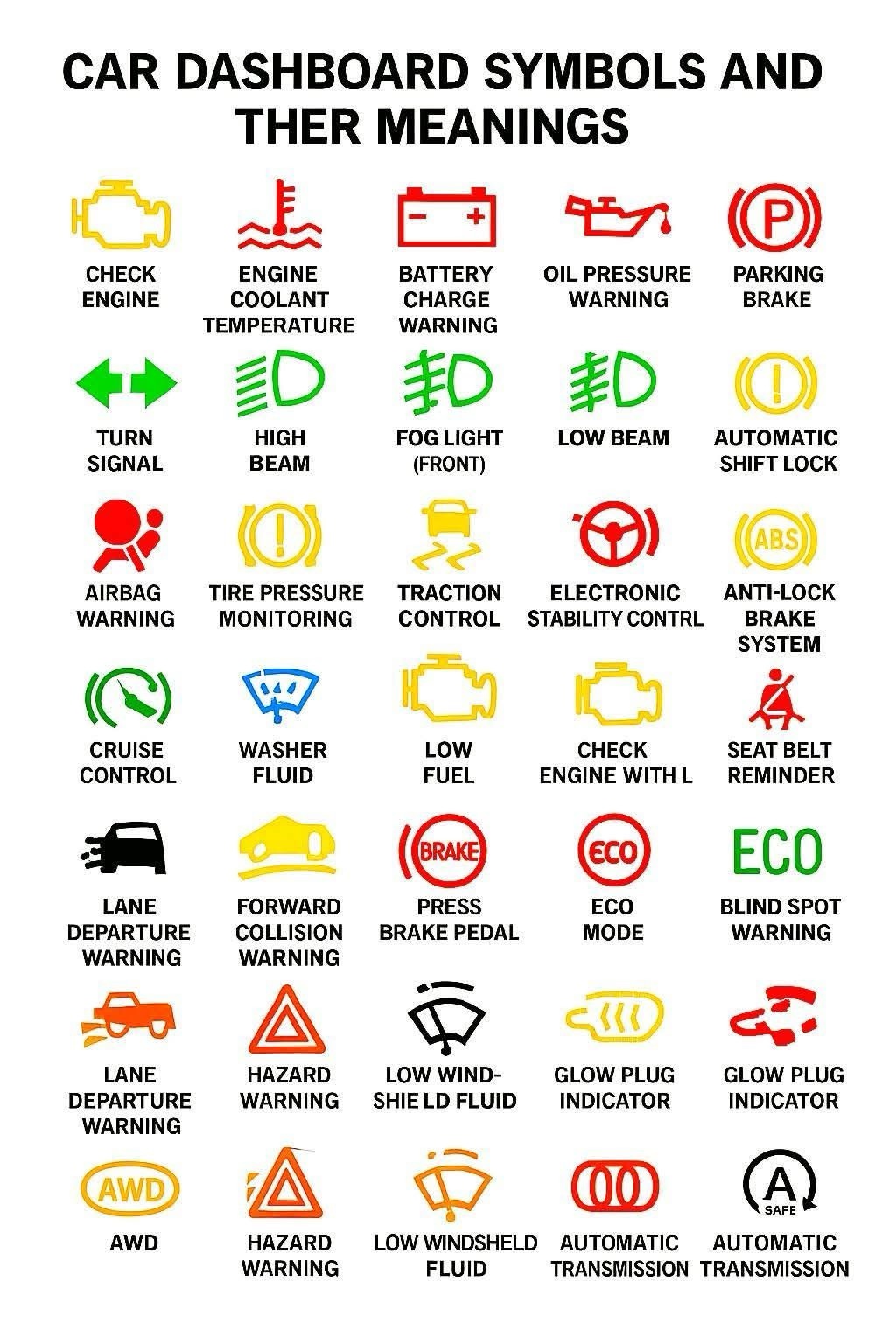
understanding your vehicle’s warning and indicator lights:
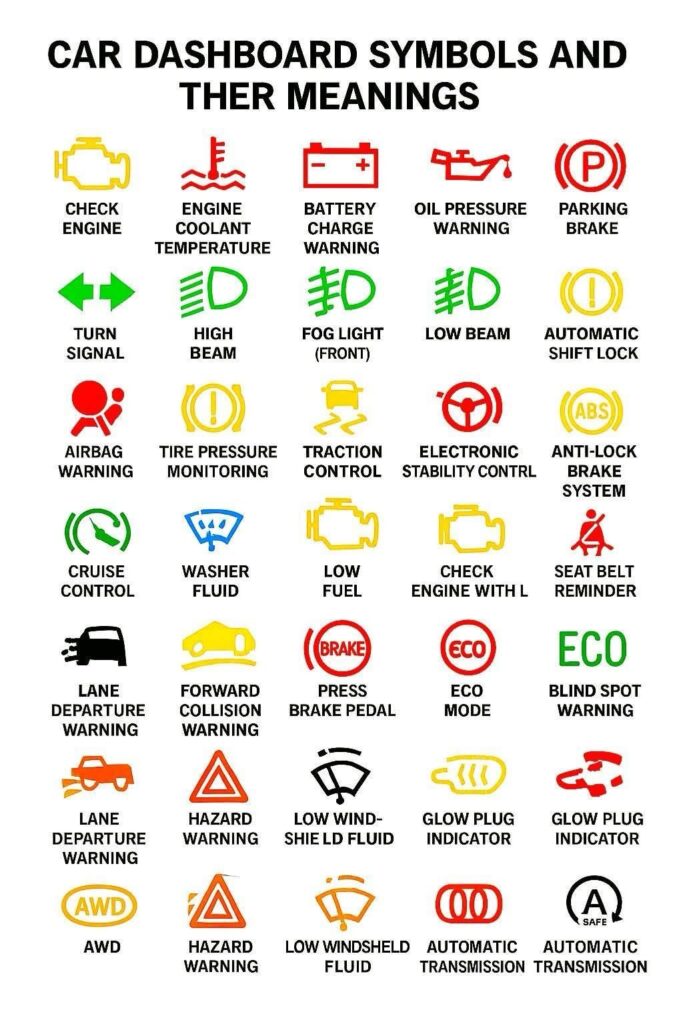
📖The image displays common car dashboard symbols and their meanings, providing a visual guide to understanding your vehicle’s warning and indicator lights:
📌 • Warning Lights (Often Red or Amber): These indicate potential issues requiring attention. Examples include:
📌 • Check Engine: Signals a problem with the engine or emissions system.
📌 • Engine Coolant Temperature: Indicates the engine is overheating.
📌 • Battery Charge Warning: Points to a problem with the vehicle’s charging system (battery, alternator, cables).
📌 • Oil Pressure Warning: Indicates low oil pressure, requiring immediate attention.
⚙️ • Airbag Warning: Signals a fault in the airbag system.
📌 • Tire Pressure Monitoring: Indicates low tire pressure in one or more tires.
📌 • Low Fuel: Illuminates when the fuel tank is nearly empty.
📌 • Seat Belt Reminder: Prompts occupants to fasten their seatbelts.
📌 • Indicator Lights (Often Green or Blue): These typically show that a system is active or functioning properly. Examples include:
📌 • Turn Signal: Indicates the turn signals are active.
📌 • High Beam/Low Beam: Shows whether high or low beams are engaged.
📌 • Cruise Control: Indicates that the cruise control system is active.
📌 • ECO Mode: Shows that the vehicle is operating in an economy mode.
⚙️• Other Important Symbols:
📌 • Parking Brake: Indicates the parking brake is engaged.
📌 • ABS (Anti-lock Brake System): Warns of a potential issue with the anti-lock braking system.
📌 • Traction Control/Electronic Stability Control: Indicates the status or a fault in these systems.
📌 • Lane Departure Warning/Forward Collision Warning: Alerts the driver to potential hazards or system status.
📌 • AWD (All-Wheel Drive): Indicates the all-wheel drive system is active or has a fault.

More Stories
Common Symptoms of a Faulty Crankshaft:
A malfunctioning crankshaft can significantly affect engine performance. The most common symptoms include: Illuminated Check Engine Light:A defective crankshaft sensor...
Diesel vs. Petrol: Which Fuel is Right for You? 🚗⚙️
Choosing between diesel and petrol depends on how you drive. Here's a quick comparison: 🔧 Diesel: ✅ More energy-dense ✅...
Causes and Signs of Damage to the Reverse-Axle Clutch
Graphics The clutch is a critical component in vehicles, consisting of two parts: inner and outer clutch. It transmits power...
Understanding Car Fuses and Fuse Box Symbols
🚗 Graphics 🔧 Ever wondered about the role of fuses in your car? These small yet essential components play a...
Features of the MacPherson Strut Suspension System
Particularly for smaller automobiles, the MacPherson strut is one of the most often used vehicle suspension systems among manufacturers. Drivers...
The Pressure Plate: An Essential Part of the Clutch System in Your Car
The Pressure Plate The pressure plate is one of the most crucial parts of the clutch system in your car,...
